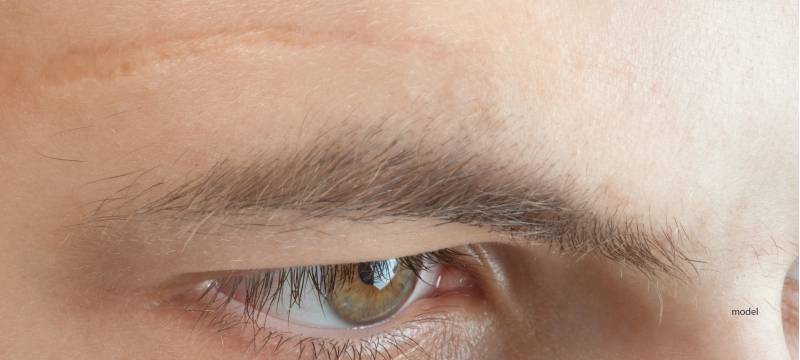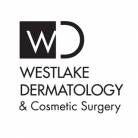Scars Part 3: Addressing Scar Appearance during the Healing Period

My last article discussed the generally accepted recommendations for scars during optimal healing (massage, topical silicone therapy, topical growth factors). While scars do not always heal optimally, fortunately we possess several treatment options that can be used to address some of the more common issues that may arise during the healing process.
Suppose a scar has been present for 3 weeks, and starts to appear raised, or red, or firm? How about a 6-week-old scar? Or 2 year old scar? Or one that’s been around for a decade? Depending on the age of the scar, your surgeon or dermatologist will counsel you accordingly about your available options.
Remember that nearly everyone will experience some degree of scar redness and/or firmness in the early period. Your surgeon will be able to decide if there is a need to intervene on a healing scar after approximately 4 to 6 weeks of healing. Depending on the specific issue, one or several alternatives may be discussed with you. Keep in mind that all medical interventions have risks and benefits that you should consider and discuss with your physician before proceeding.
Intralesional Steroid Therapy
This simply means the injection of a small amount dilute corticosteroid (usually triamcinolone) directly into the problematic area with a small needle. This has the effect of ‘reining in’ the inflammatory process that occurs during scar formation, and can have the desired effect flattening a scar that is raised. This technique is used routinely in keloids and hypertrophic scars (learn more about scar types), and is a great option is a scar has a firm and raised appearance. A series of treatments may be necessary.
Intense Pulsed Light (IPL) Therapy
A scar that is persistently red or pink can be improved with an intense pulse light technology. These devices able to deliver light energy to specific target the structures responsible for the redness. Many patients describe mild to minimal discomfort with this procedure.
Laser Therapy
Finer textural irregularities and unevenness can be improved with laser treatments. Some of my favorite lasers for this purpose include the fractional nonablative (e.g. Fraxel Dual) and the fractional ablative ( e.g. ActiveFX, Fraxel Re:pair) lasers. They work by delivering a precise amount of energy to the skin in a specific pattern. As a result of this fresh collagen created in the area, hopefully improving the suppleness of the scar, and allowing it to blend in better with the surrounding tissue. These lasers have been particularly effective for improving the appearance of acne scarring in carefully selected patients. It is important to note that the lasers mentioned above may not be first-line options in patients with darker skin types. Downtime is variable depending on which laser is selected. Learn more about different laser treatments here.
Microneedling
Also known as collagen induction therapy, this is a minimally invasive procedure in which tiny needles are used to cause controlled injury in the area of interest and induce collagen creation, leading to improved scar appearance. See our Microneedling page for more information.
Scar Revision
Finally, a scar that is responding poorly to less invasive therapies may need to be addressed by scar revision. This is a procedure that involves the surgical removal of the scar tissue, usually under local anesthesia, followed by careful reapproximation of the wound edges with fine sutures. It is important to be patient with the healing process before considering a surgical revision. Remember that scars take 12 to 18 months to fully mature; therefore it is common for the decision to revise a scar (or not) to be made after this period. A scar revision will not eliminate the scar; you are simply trading the old scar for a new, finer scar. This will provide the opportunity for an improved final appearance, especially if you are compliant with your surgeon’s postoperative instructions.
More Scar Articles
- Scars Part 1: Hypertrophic and Keloid Scars, Whats The Difference?
- Scars Part 2: Tips for Minimizing Scar Appearances
Disclaimer: The contents of the Westlake Dermatology website, including text, graphics, and images, are for informational purposes only and are not intended to substitute for direct medical advice from your physician or other qualified professional.
